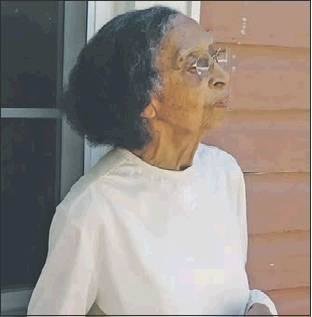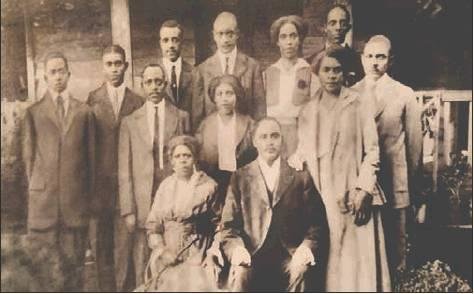Memories of lost towns under Lake Murray
96-year-old Ruth Corley-Myers is a beautiful living history book.
Her age doesn’t stop her from starting a fire in her wood stove in the winter.
We adventured to the site where she went …
This item is available in full to subscribers.
Subscribe to continue reading. Already a subscriber? Sign in
Get 50% of all subscriptions for a limited time. Subscribe today.
Please log in to continueNeed an account?
|
Memories of lost towns under Lake Murray
96-year-old Ruth Corley-Myers is a beautiful living history book.
Her age doesn’t stop her from starting a fire in her wood stove in the winter.
We adventured to the site where she went to school on the grounds of the Pleasant Springs AME church.
Ruth fondly remembered the one-room schoolhouse where grades 1-7 sat in the same room with a wood stove, the only source of heat.
The teacher taught 1st to 7th graders every day.
Ruth studied by the light of a kerosene lamp at night. She went on to Allen University in Durham, NC, to become a Librarian for schools in Batesburg, New-berry and at C.A. Johnson.
Her family butchered hogs and salt-cured their hams.
Before the War Between the States, African- Americans would attend church and sit in the balcony at St. Michaels Lutheran Church.
After the war, they started their own church in a handmade brush arbor across from where Pleasant Spring AME stands now.
She is also a living history link to building the Dreher Shoals Dam.
In 1927, the Lexington Water Power Co. began the dam which would cover 100,000 acres of land bought from more than 5,000 families.
Many communities had to be abandoned including Derrick, Pine Ridge, Selwood, Wessinger, Cantsville, Leaphart, Savilla, Boyleston, Lorena, Holly’s Ferry and Lorick’s Ferry.
6 schools, 3 churches, and about 193 graveyards had to be moved. The average pay was 50 cents a day to clear the woodlands using crosscut saws and axes.
The lake began filling on August 31, 1929.
Ruth’s grandfather’s land on Bush River Road was a small town called the Black Bottom. Henry Corley’s property was the site of many small shacks for those who worked on the dam.
The dam workers paid Henry Corley $5-$7 a month to live on the land.
“It was a small town,” Ruth said. “Mr. Knox had a general store that sold food, clothes, a drug store, a small hospital on Coldstream and a commissary, across from Selwood. Uncle Bradford worked as a handyman.
“Mrs. Estelle had a restaurant where you could eat.
“The post office was located in Selwood.”
Ruth has fond memories of sitting on the porch on weekends listening to music coming from the camp.
She remembers when Bush River road was a simple dirt road. When it rained, cars and wagons became stuck in the mud.
Ruth talked about WWI veteran Will Payne and Buddy Johnson, the last 2 men to leave when the dam was completed.
They went to live in Greenville where Johnson had family. They were arrested and jailed as “tramps” or homeless people. They served time on a chain gang but eventually were released.
Johnson continued on to Greenville to live with family, but Payne had no family and came back and lived with the Corleys the rest of his life.
When Payne returned, Myers said her mother took care of wounds on his ankles from the chain gang.
Ruth is a delight to talk with and an incredible connection to the past.
The next time you drive on Bush River Road or across the dam, think about the past. The imprint of those hard-working men who built the dam also built the foundation of what we have today.
Thank you, Ruth Corley-Myers, for the honor and privilege of hearing your family stories.
You are a true living treasure.
Other items that may interest you










Comments
No comments on this item Please log in to comment by clicking here